Developers for the tower in One Battersea Bridge are already planning that their proposal will be decided by the Mayor of London, and are betting that it will be granted, as happened in the last two months for Wimbledon Park and Springfield development, overruling Wandsworth Council.
When an application is in flagrant breach of local planning rules, why is it not turned down immediately by local planning officers? In the case of Glassmill, the proposal for a huge tower at One Battersea Bridge, a Wandsworth planning officer told us:
“The applicants asked us not to turned down the application until they have a chance to reconsider the proposal”
The Council has already received nearly 900 objections in relation to the planning application (there are a staggering 400 support letters, however 90% of them are a copy paste of the same letter of support, with the exact same words and only different sender details – example here). A website of local objectors provides information, and the Stop One Battersea Bridge (SOBB) petition was set up with already more than 4300 signatures, including Mike Jagger and Eric Clapton.
Adding to community concerns, TfL has recently announced an 11-month construction programme at Battersea Bridge, aimed at introducing new pedestrian crossings, protected cycle lanes, enhanced bus lanes, and upgraded traffic signals. A massive construction project to a site not designed for a development of this scale will only lead to tremendous disruption.
The senior planning officer added: “it is very annoying when developers persist with something that is badly viewed by the community“.
And indeed, the applicants for the Glassmill site at One Battersea Bridge are very tenacious, perhaps because they have already paid a deposit of £1.75 million to secure the site (along with consulting and pre-application costs), as part of a total of £45 millions, which will become payable if planning permission is obtained. A document we consulted shows that a benchmark land value (based on similar sites) would be about £4.5 million. Apparently, the developers decided to pay 10 times more, assuming that they will be permitted to build a skyscraper on this site.
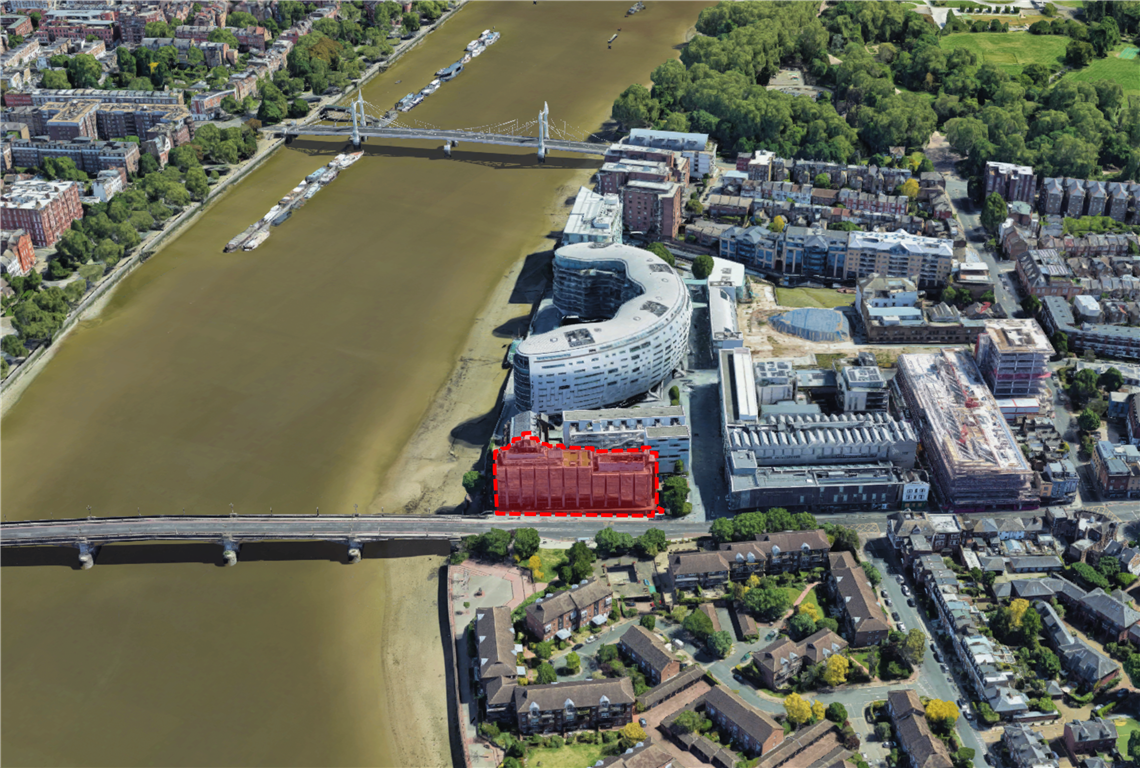
Discussions to build a massive tower on this site has already started for some years. The site was originally acquired by Promontoria Battersea Ltd (‘PBL’, a subsidiary of Promontoria Holding) in 2021 and in September 2022, Rockwell (a “sister” company sharing the same director) organised a consultation to propose a development with residential use above a commercial space. During the final Local Plan examination in November 2022, the applicants instructed Savills, one of the leading planning consultants, to submit comments in an attempt to lift the size restrictions for the site.
- Read our previous article to understand to local plan restrictions and why it bothers the applicants so much: A new gigantic tower could be proposed for Battersea Bridge
In January 2024, an Environmental Impact Assessment (EIA) was submitted for a 38-storey tower at the bottom of Battersea Bridge. An EIA is a process that evaluates the potential environmental effects of a proposed project or development, and this is not an official application ; although it is often used by developers to “test” their proposal before submitting more or less the same plan.
In April 2024, a formal application was filed this time, proposing a tower with an element of 33 storeys (34 if you count the first double floor) up to 174 m2 of commercial floorspace at ground floor and up to 142 residential units.

Earlier in October 2024, they have presented again a revised plan, this time with 28 storeys. The proposed building has been reduced to 28 storeys plus grand flour and basement (which means in reality 29-30 storeys). The lower part of the building will increase by one floor to 11 floors (ground included).
But in addition to the reduction in height, the biggest change is the tenure split. While their initial plan was to offer 35% of affordable housing, with only a share of social homes, this time they advertise 50% of affordable units on the whole scheme, with all of them being dedicated to social rent.
Therefore the number of units has been reduced to accommodate 110 dwellings instead of 142, with 54 of them being social homes.
How did they manage to transition from 35% affordable housing, with only a portion reserved for social housing, to half the building being available for Council tenants on low incomes? According to an article published last week in The Times’ property section, quoting Nicolas Mee, managing director of development at Rockwell, “the game-changer is the new GLA grant funding introduced in February for developer-led housing schemes where at least 40 per cent of the homes are affordable. In eligible schemes, the developer, in partnership with a housing association, is expected to fund the first 20 per cent of affordable homes, then the GLA pays £170,000 for every additional social home they build above that“.
London’s taxpayers are effectively funding the developers’ plans to by-pass planning rules, enabling them to claim a higher proportion of social housing whilst maintaining their private profits through the sale of luxury flats in the tallest section along the river.
Applicants are aware it blatantly contradicts the planning rules
The architect is aware that the proposal contradicts the local plan, he said to CJI at the public exhibition on October 12th. However, he added that the local plan does not “explicitly” prohibit tall buildings in this location. He told us that while the Tall Building policy-C says that “The Council will seek to restrict proposals for tall buildings outside the identified tall building zones“, it does not say that this is not permitted.
Wandsworth Local Plan and Policies Map was adopted on 19 July 2023 after three years of consultation. Although it was drafted with the intention to provide strict rules on the size of buildings, the wording was changed after the Planning Inspector hearing instructed to allow a little flexibility. It was originally stating: “Proposals for tall buildings will not be permitted outside the identified tall building zones”. Nevertheless, the Council whished to highlight that its original intention was still intact and provided additional explanation saying (bold emphasis added):
“To enable more flexibility in recognition that there may be instances where tall or mid-rise buildings may be appropriate outside these zones based on a more detailed assessment at planning application stage. The Council wishes to maintain the thrust of its position by seeking to restrict proposals for tall and mid-rise buildings outside these zones.”
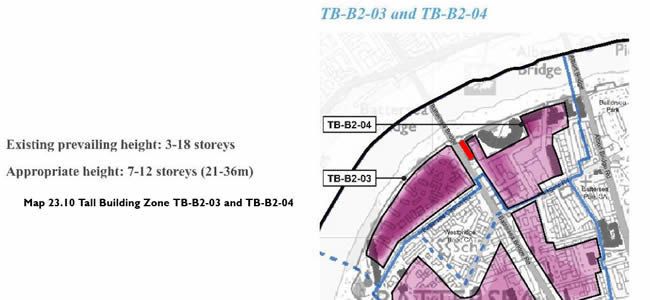
Nevertheless, as acknowledged by the developers, the policy remains an issue for them as it says in its previous paragraph (LP4-B):
“Proposals for tall buildings will only be appropriate in tall building zones identified on tall building maps”
This is a future tense, not a conditional. The site is located outside the Tall Building zone and should comply with the ‘mid-rise’ category defined as a maximum of 6-storeys or 18m (whichever is the lower). Therefore, a building on the site of Battersea Bridge Road should not exceed 6-storeys (max = 18 meters).
In the Local Plan, the consideration for the size of the surrounding buildings is explicit (Tall Building Policy LP4, p294, section 7):
“The massing of any proposed tall buildings should be proportionate to the local environment […] and should be designed so as not to create an overbearing impact having regard to its context.”


The main focus seems to be on the Mayor of London decision
However, all the considerations for the local plan seem less important, and there appears to be already a plan for the next step. In anticipation of Wandsworth Council rejection of their scheme, the developers seem to concentrate on the Greater London Authority (GLA) examination, which will likely come immediately after. The architect told us that ultimately, the most important for them will be the views of the Mayor of London.
With Sadiq Khan desperate to meet his targets on affordable housing, they seem to bet that their new provision of 50% social housing will get approval. During our discussion, they insisted that with 11,000 local people on its housing waiting list and with the so-called housing shortage that the Mayor of London is addressing, they seem confident to get approval despite the local context.
In September, City Hall already overturned Wandsworth’s decision to refuse application for the 50% addition to Springfield development. During the public meeting, the Mayor of London’s priorities for housing delivery was used as the reason to bypass the Council’s decision. Jules Pipe, London’s deputy mayor for planning, paraphrased a letter sent to Mr Khan last week by Housing Secretary Angela Rayner and said:
“Throughout his tenure, the mayor has been committed to delivering new homes for London. While we face unique issues in the capital, and the Government recognises the scale and depth of our housing delivering challenge, it still expects London to take steps to boost its output.”
As we wrote previously, the Glassmill application will be a clear test for Wandsworth Council: either they will choose to call the bluff of developers and discourage future proposals that ignore planning rules based on purported benefits, or they will effectively render the Local Plan meaningless, signalling to developers that they can disregard the 480-page planning documents, annexes, and future supplementary guidelines.
Most significantly, given the Mayor of London’s recent decisions to overturn local authorities and sideline community concerns, the GLA’s ruling will shape London’s development future. The choice is stark: either London becomes a deregulated landscape driven by private profit greed, or it maintains development that respects local context, policies and communities.
Will the “yes in my back yard” approach justify undermining local authorities and their statutory documents, which cost millions in taxpayers’ money to produce? The answer will emerge in 2025…






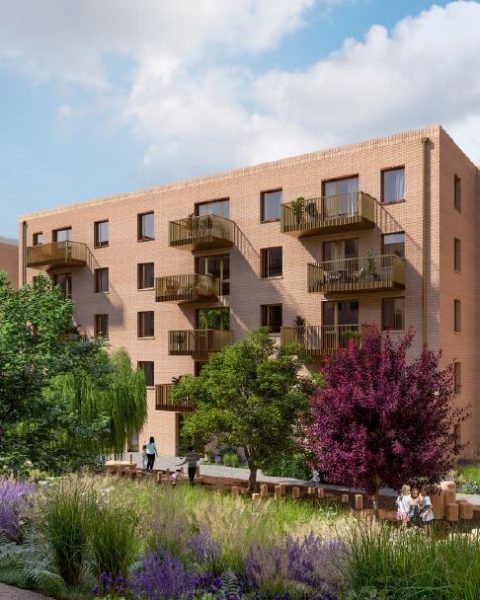
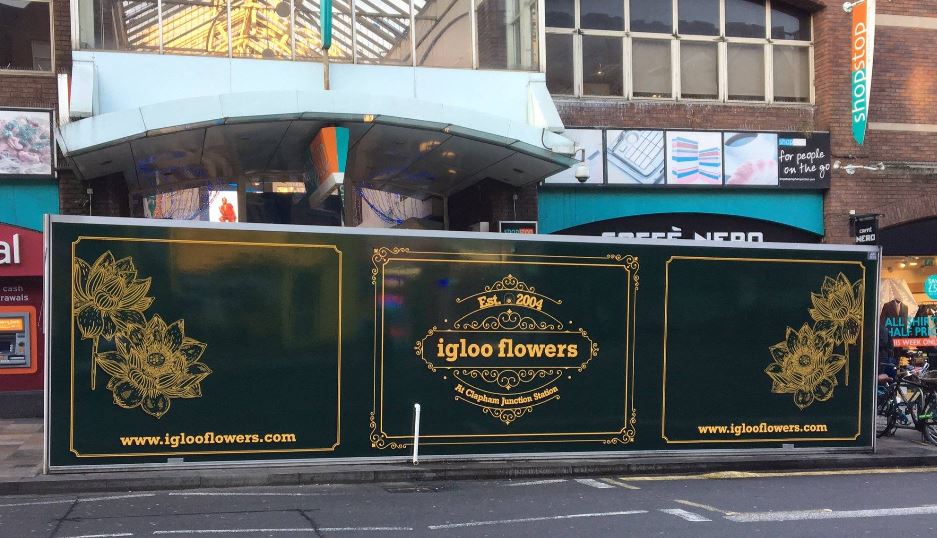



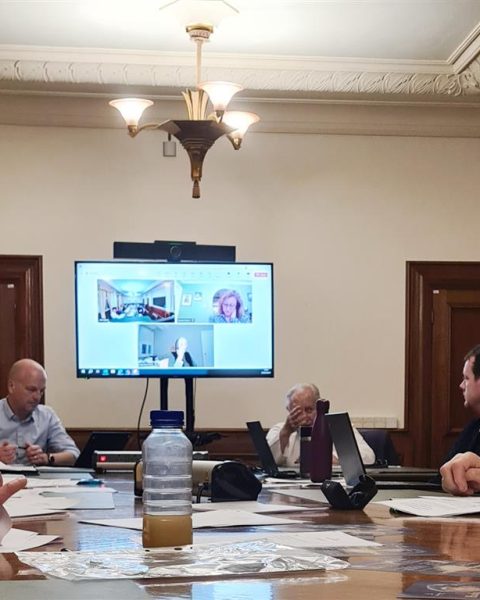





Very good article, really. I wonder how the Mayor of London will handle this situation with all these ambitious but contested developments. Is it common for developers to bypass local rules hoping for a more “friendly” approval from the mayor? It leaves me perplexed, especially with the strong local opposition you mention. Thanks for clarifying this intriguing point!
I have no objection to the proposed residential tower at Battersea Bridge. It would replace the non-descript glass box that is there at the moment and provide more social housing. I actually love tall buildings, and lived in one for years.
Tony